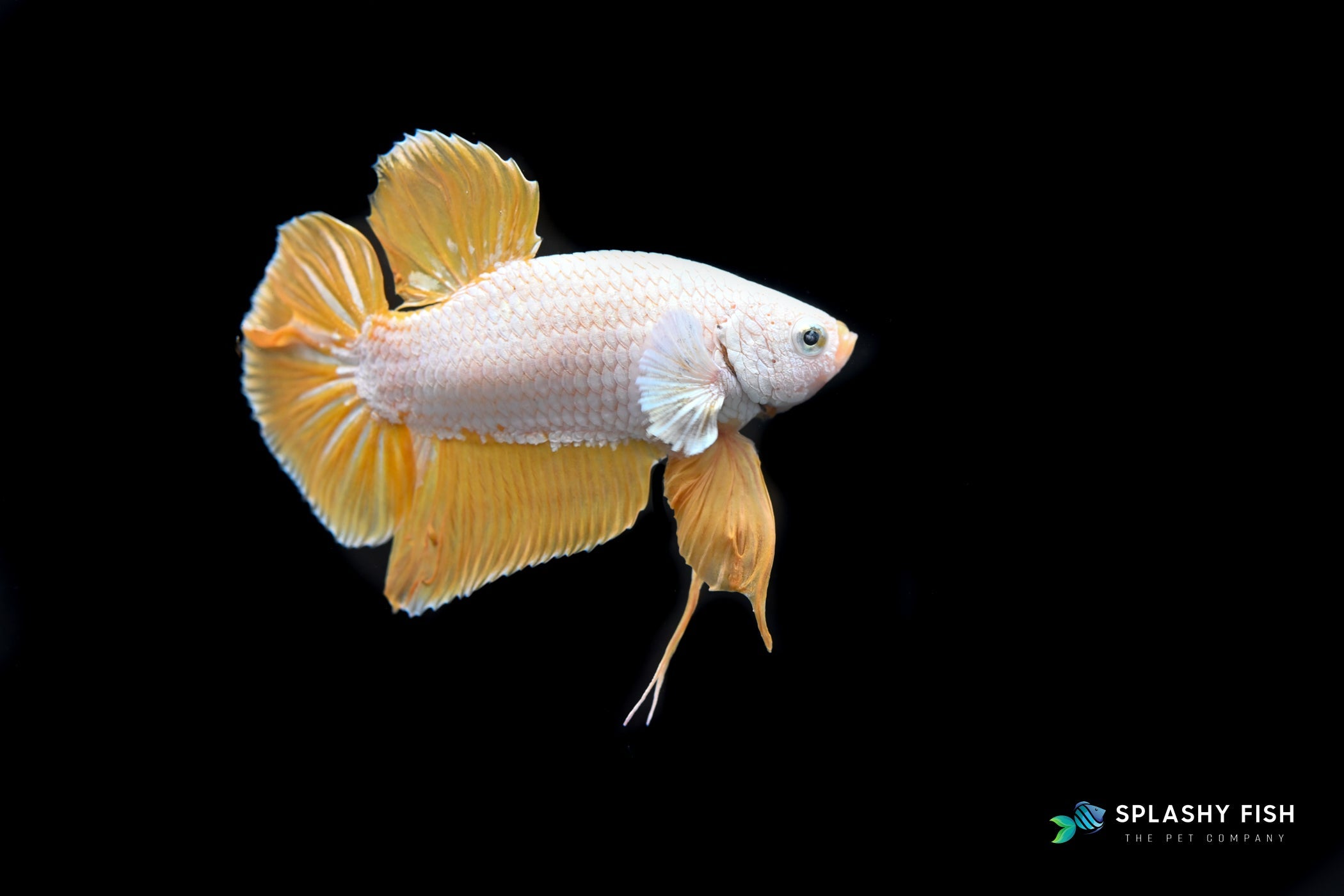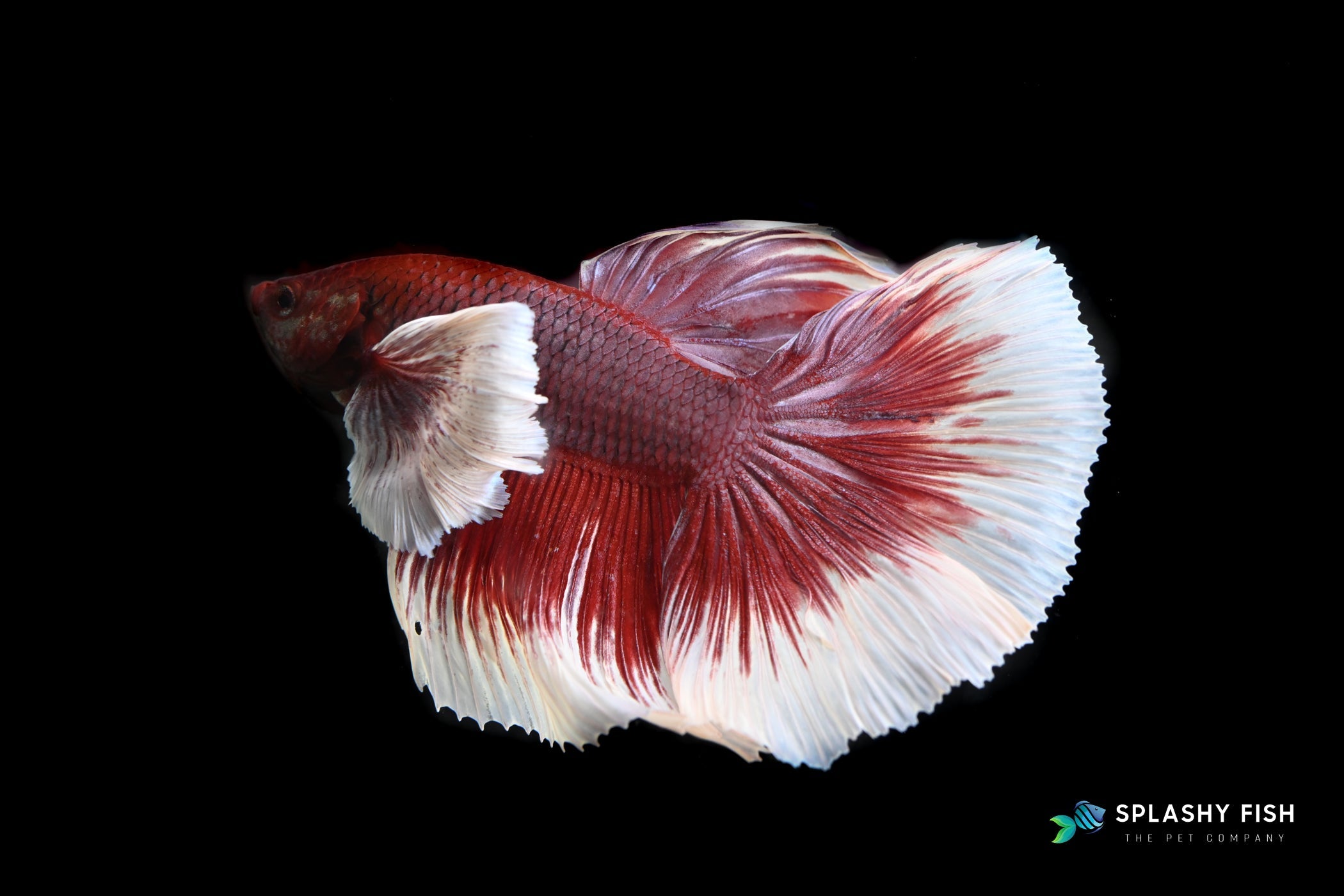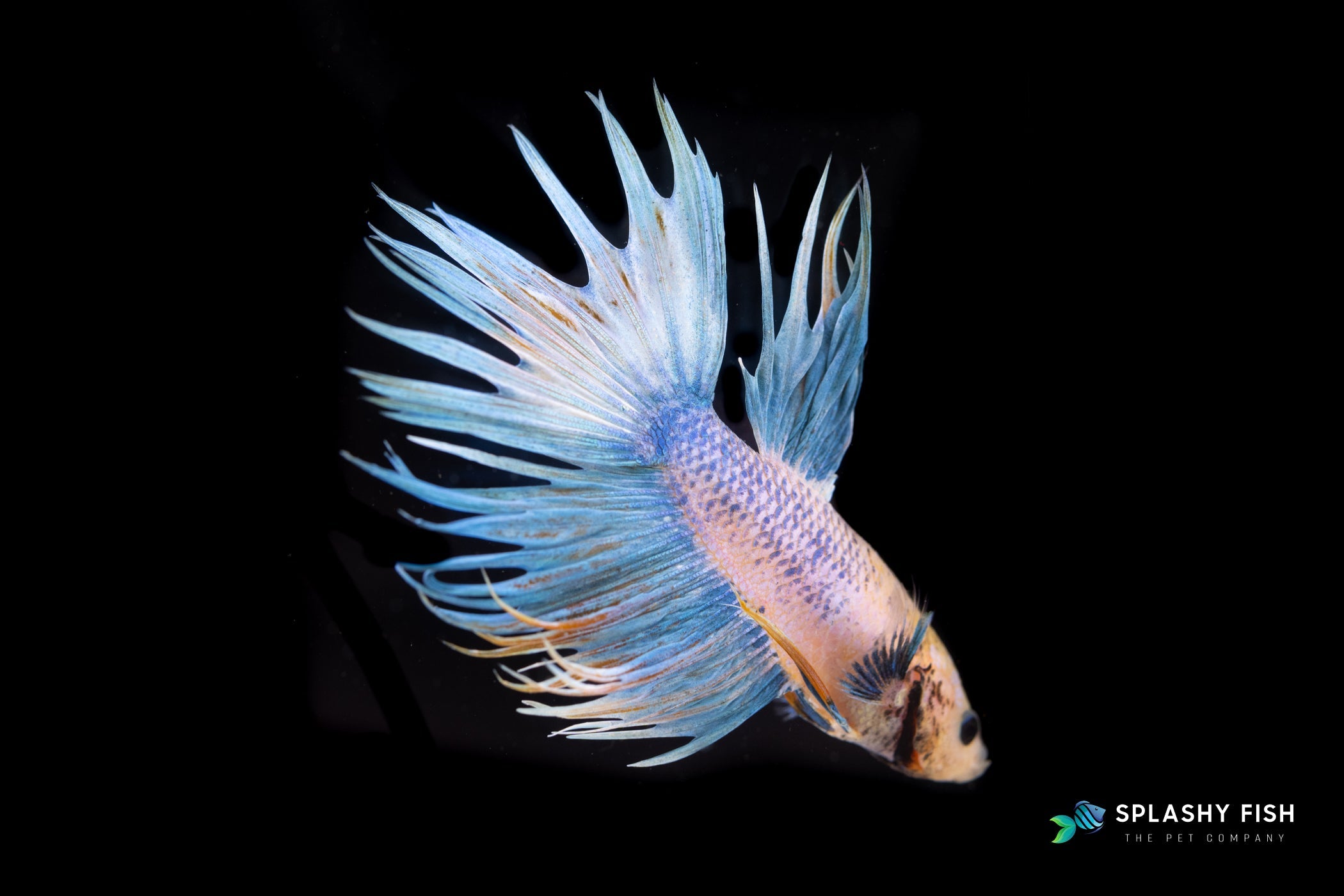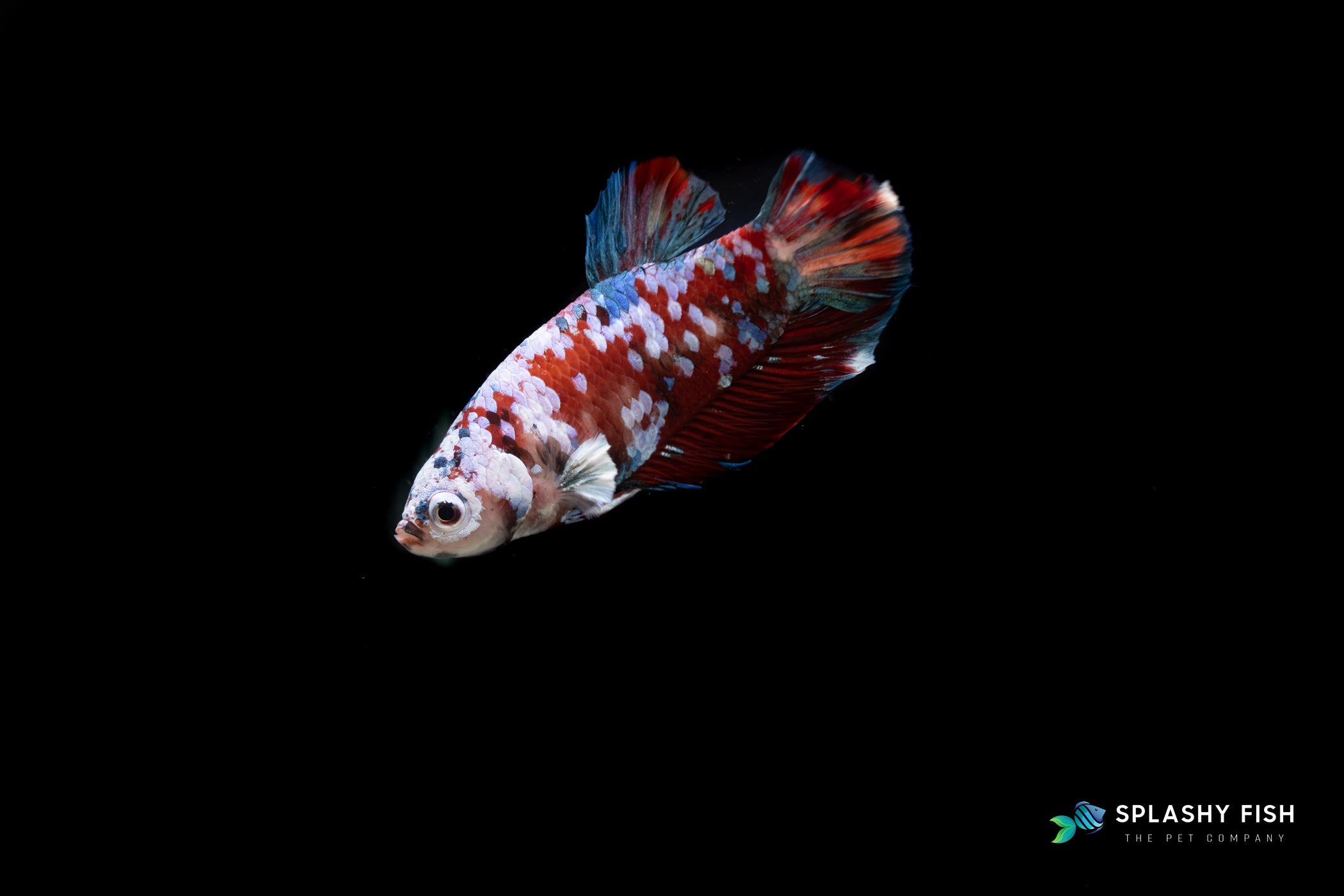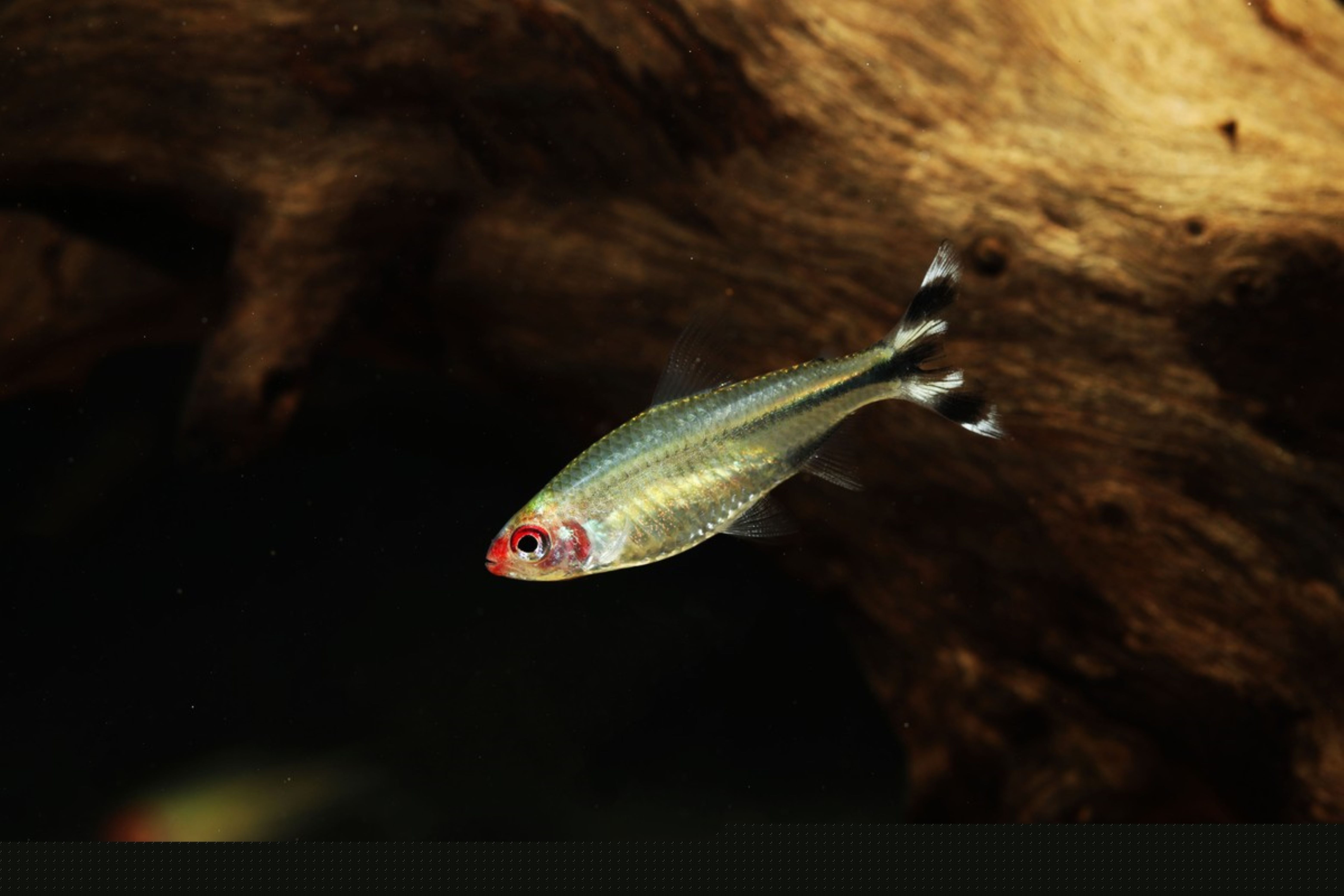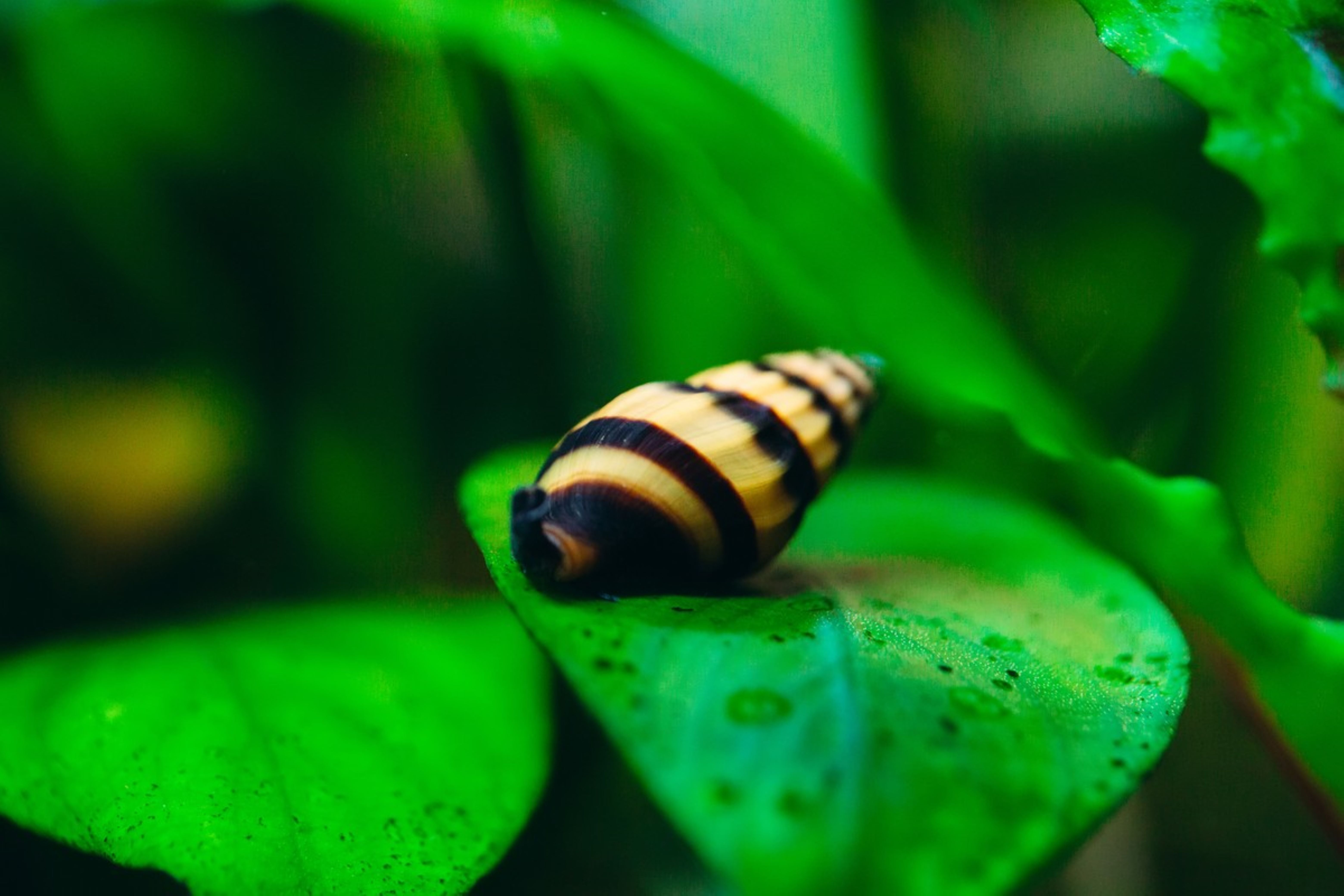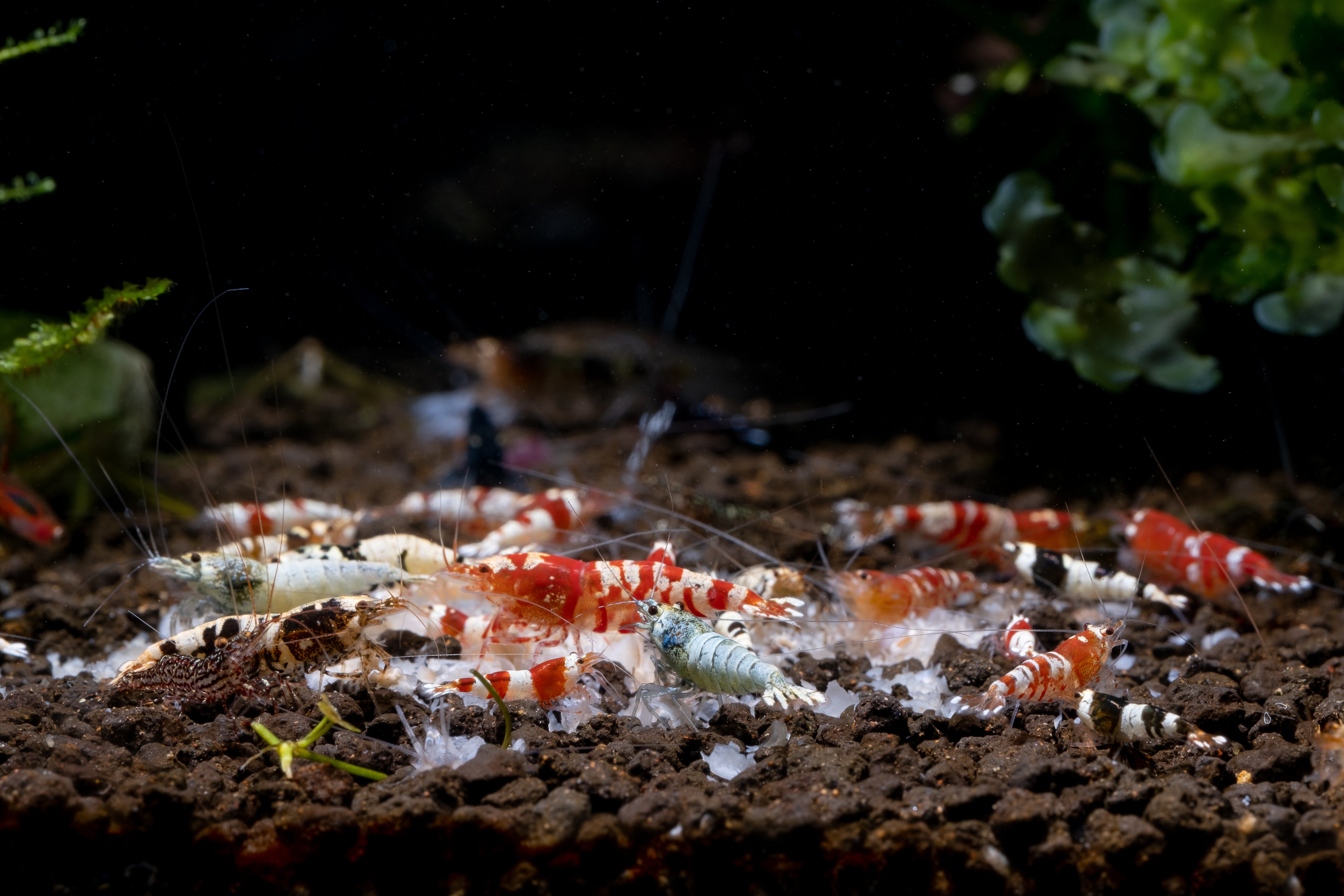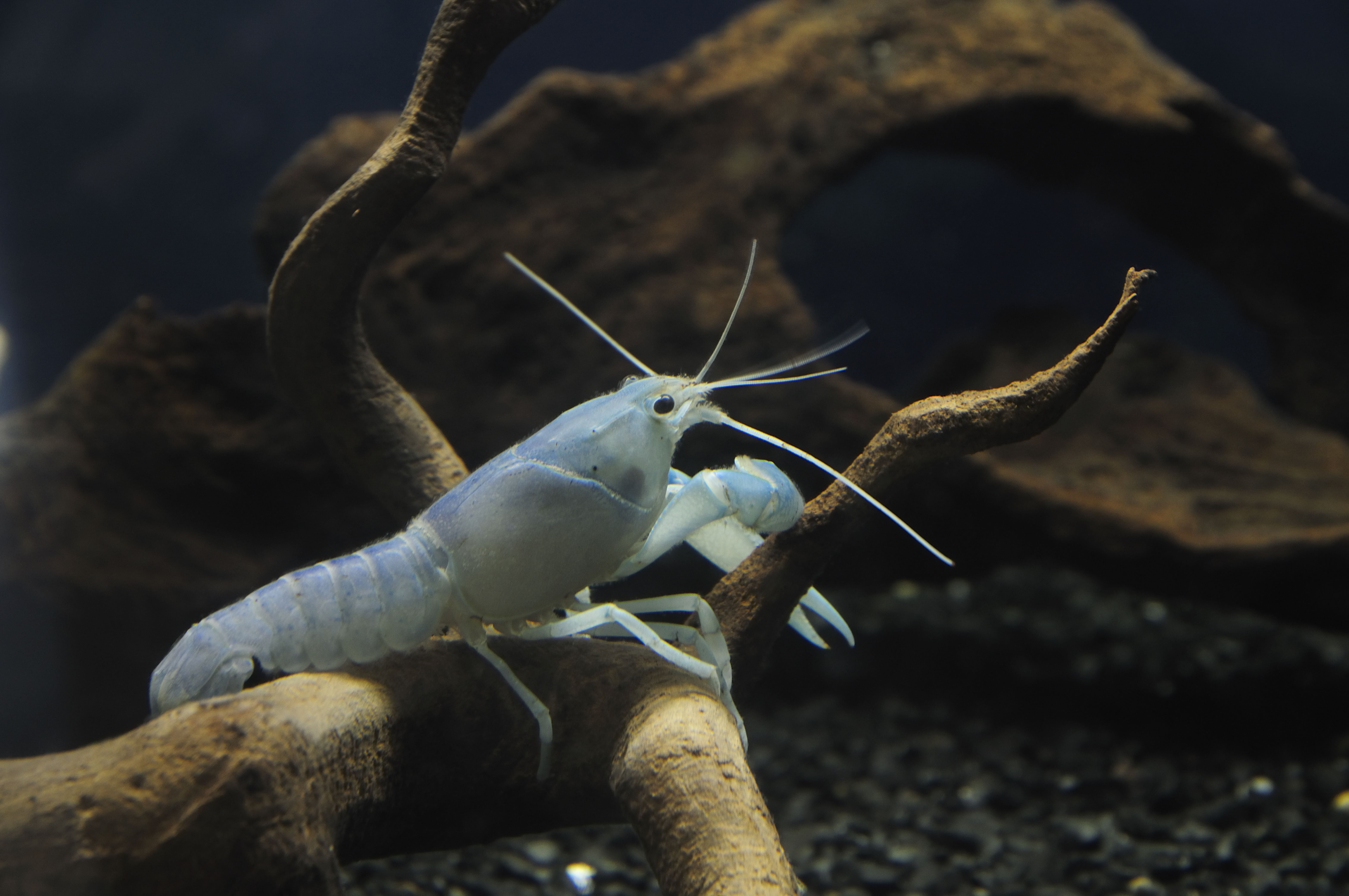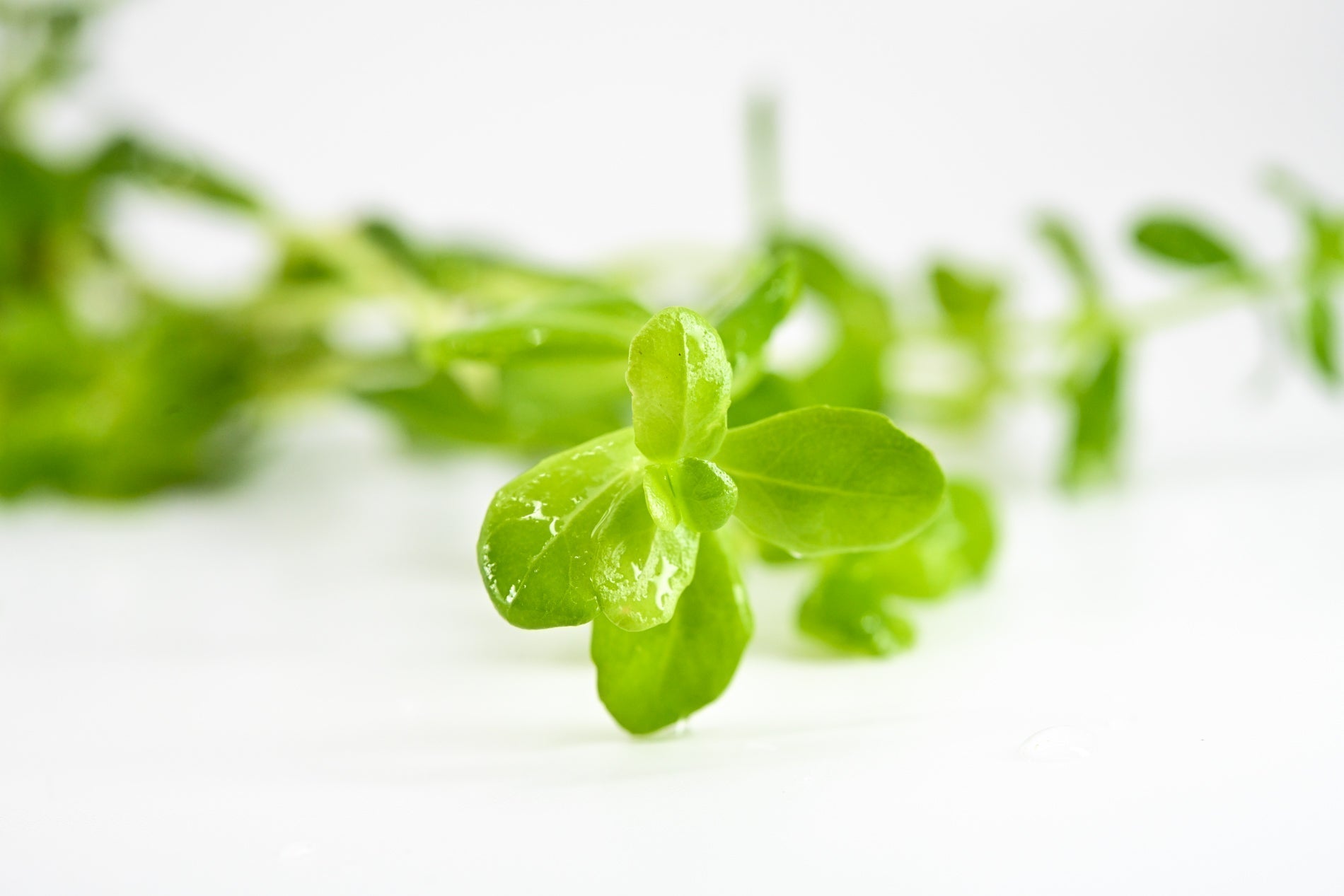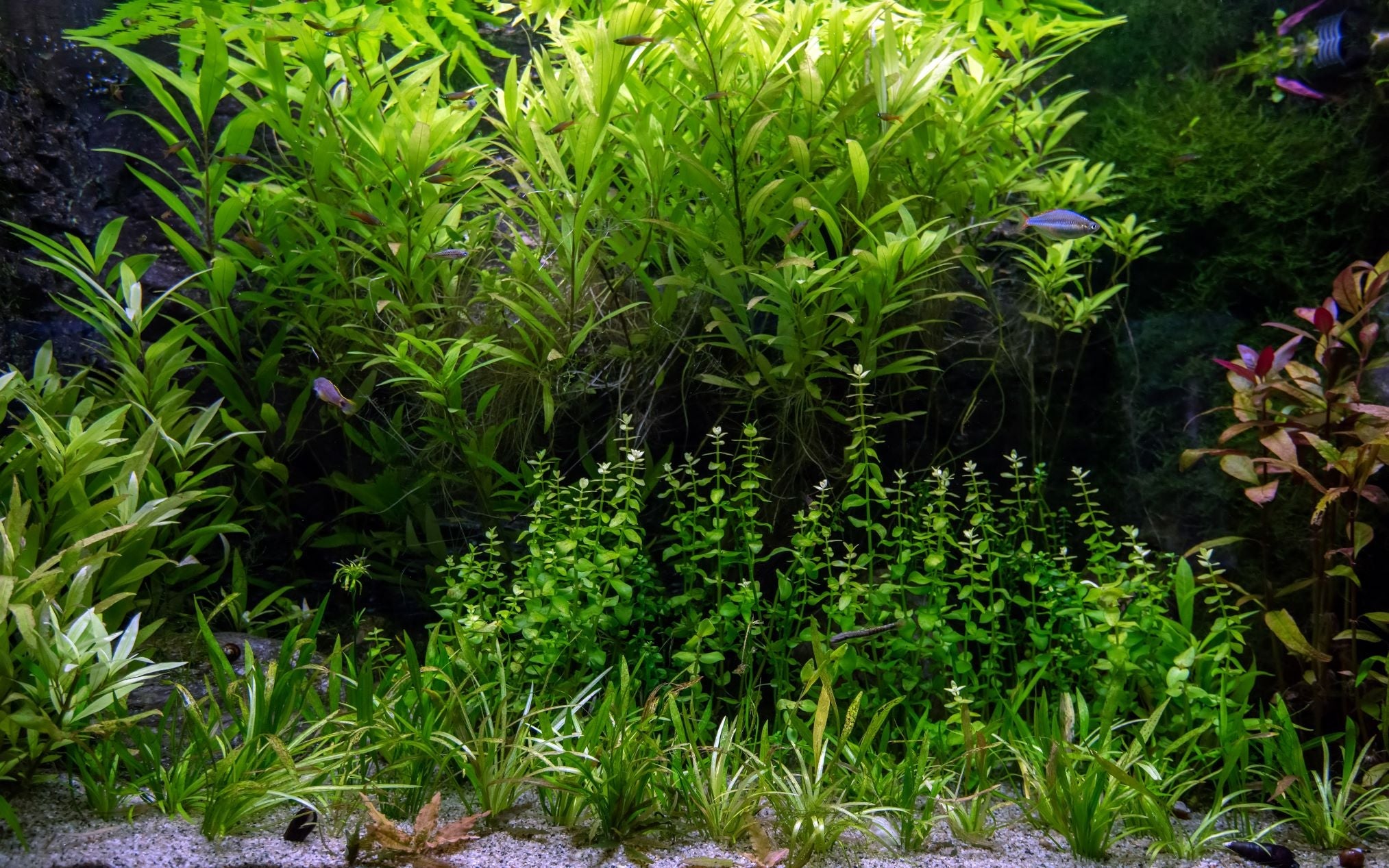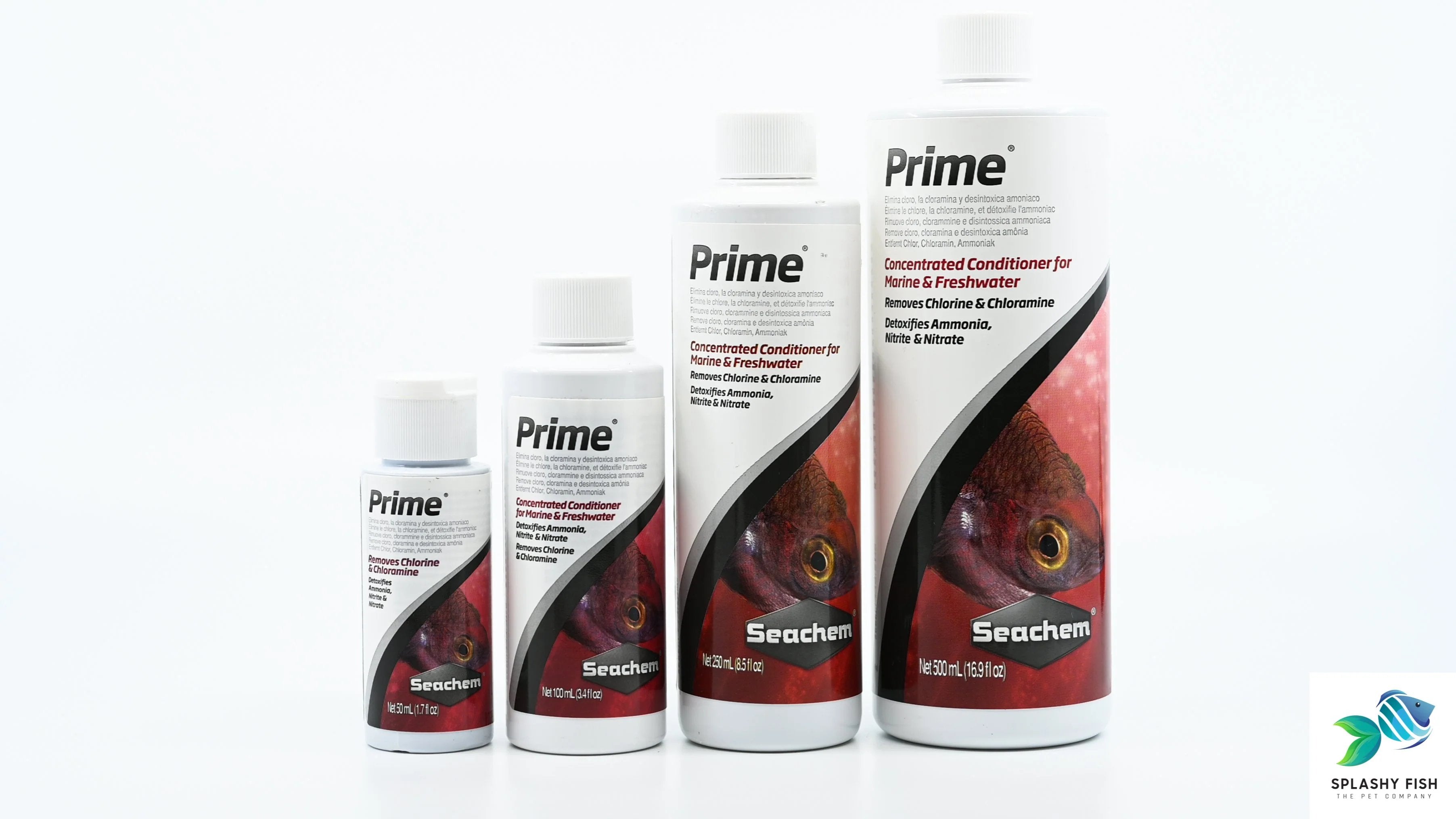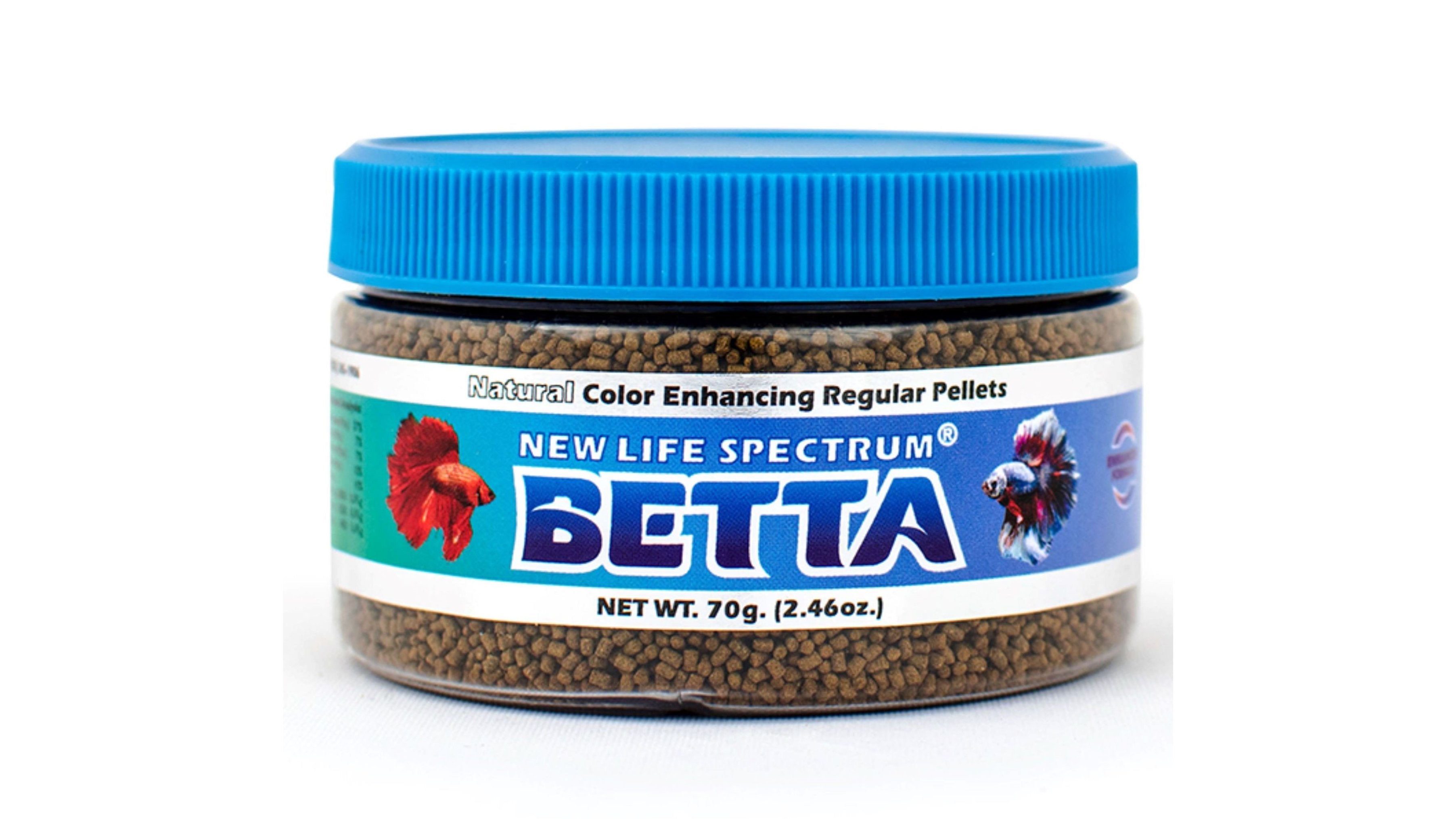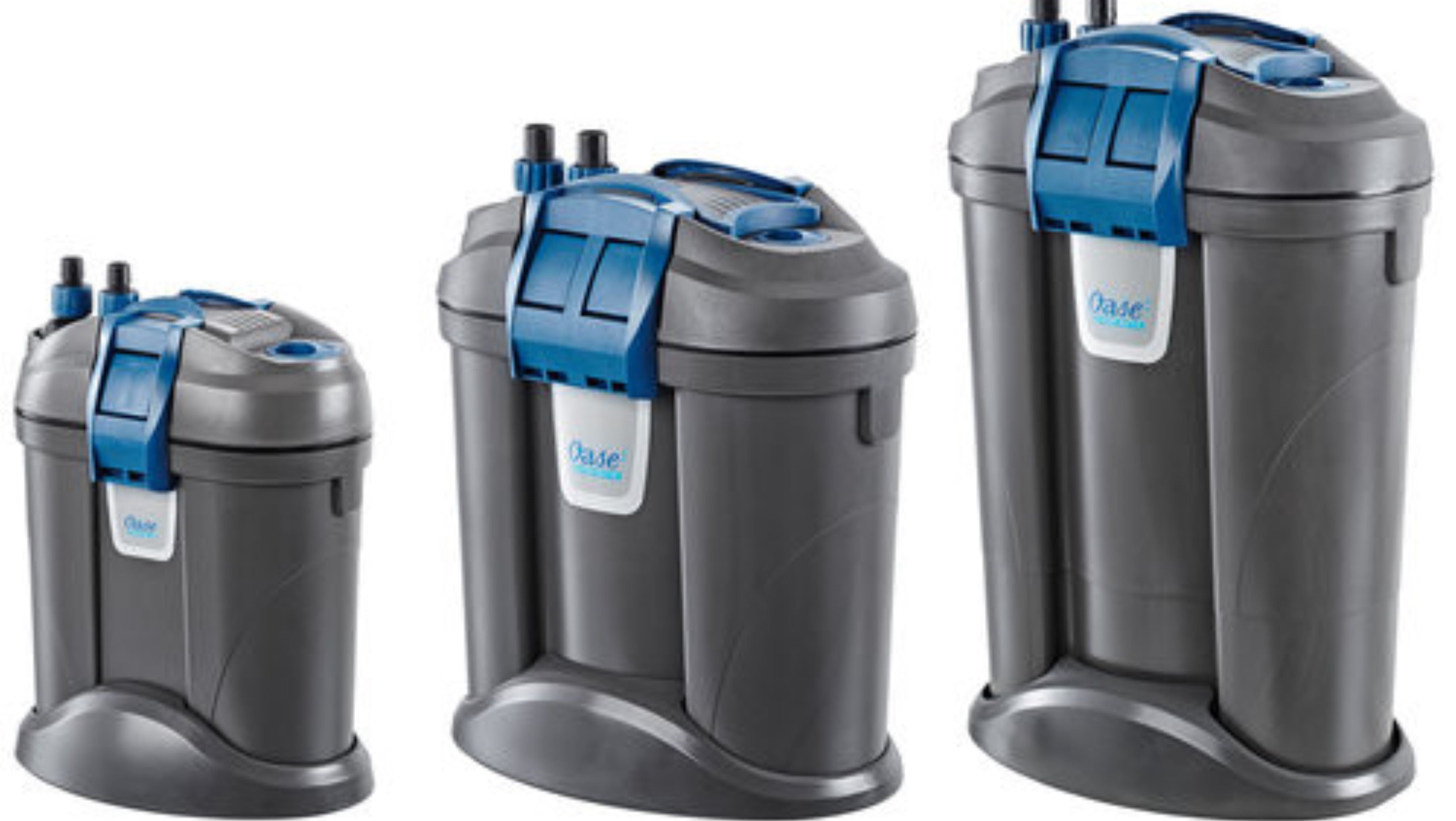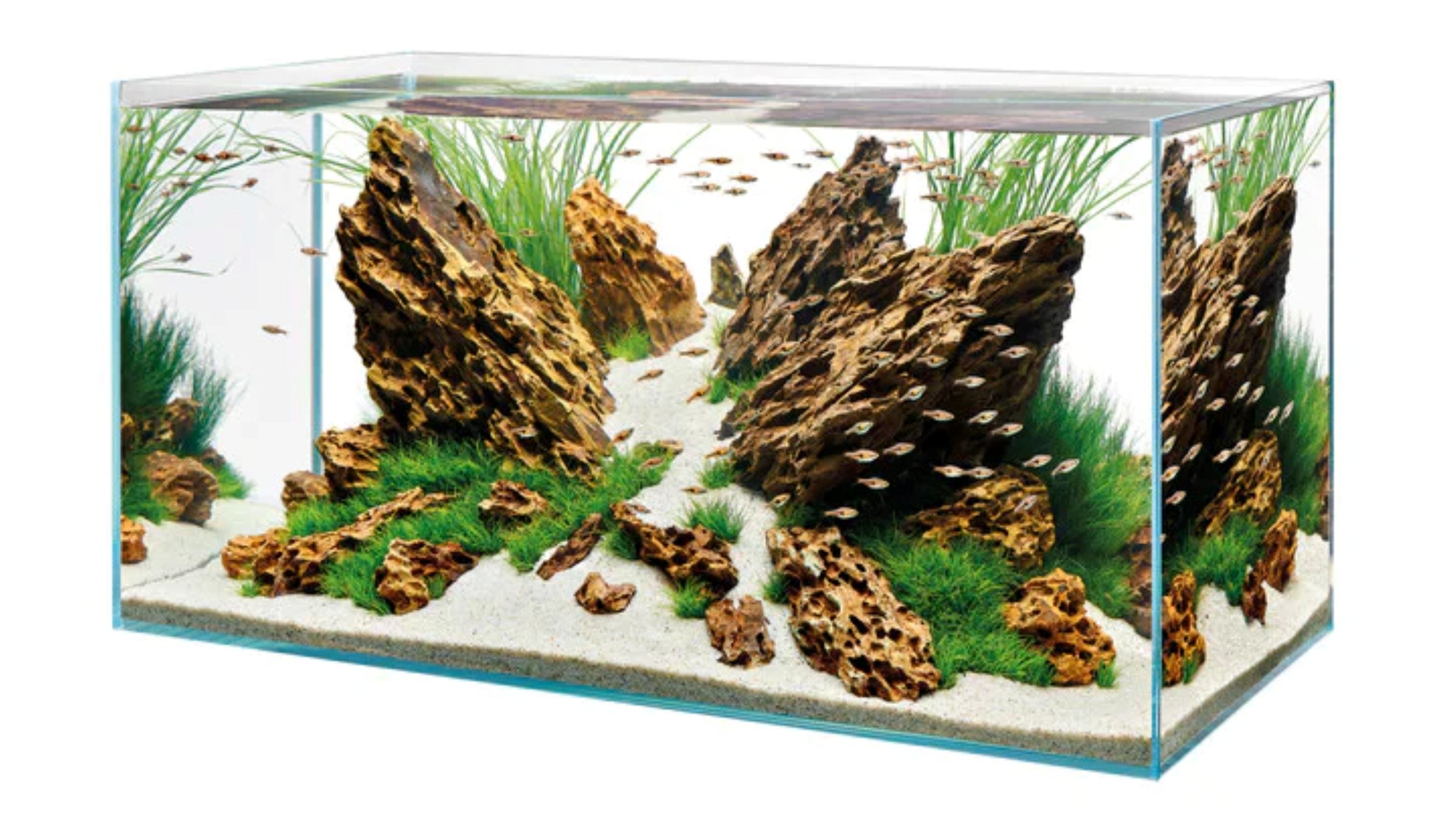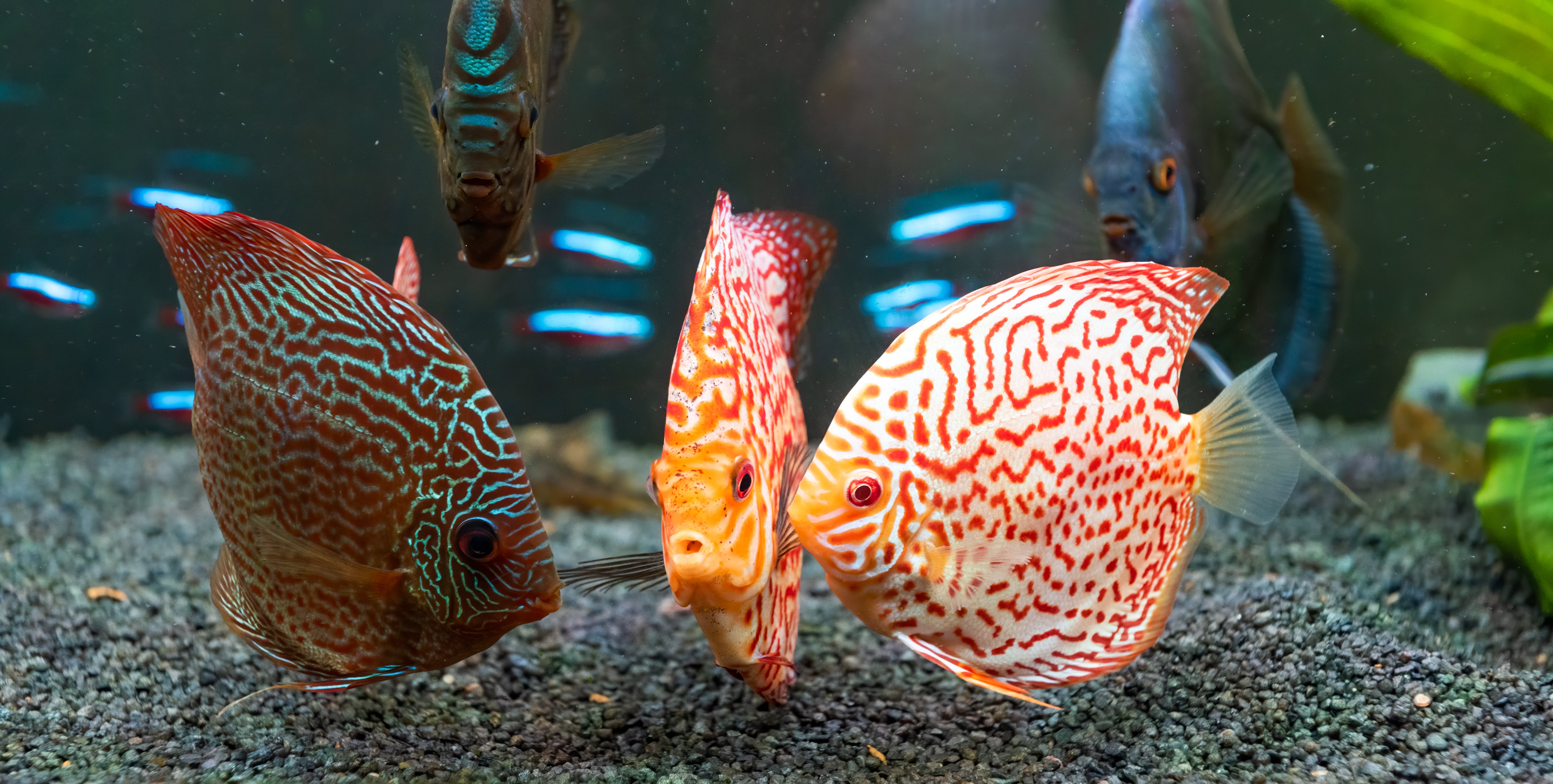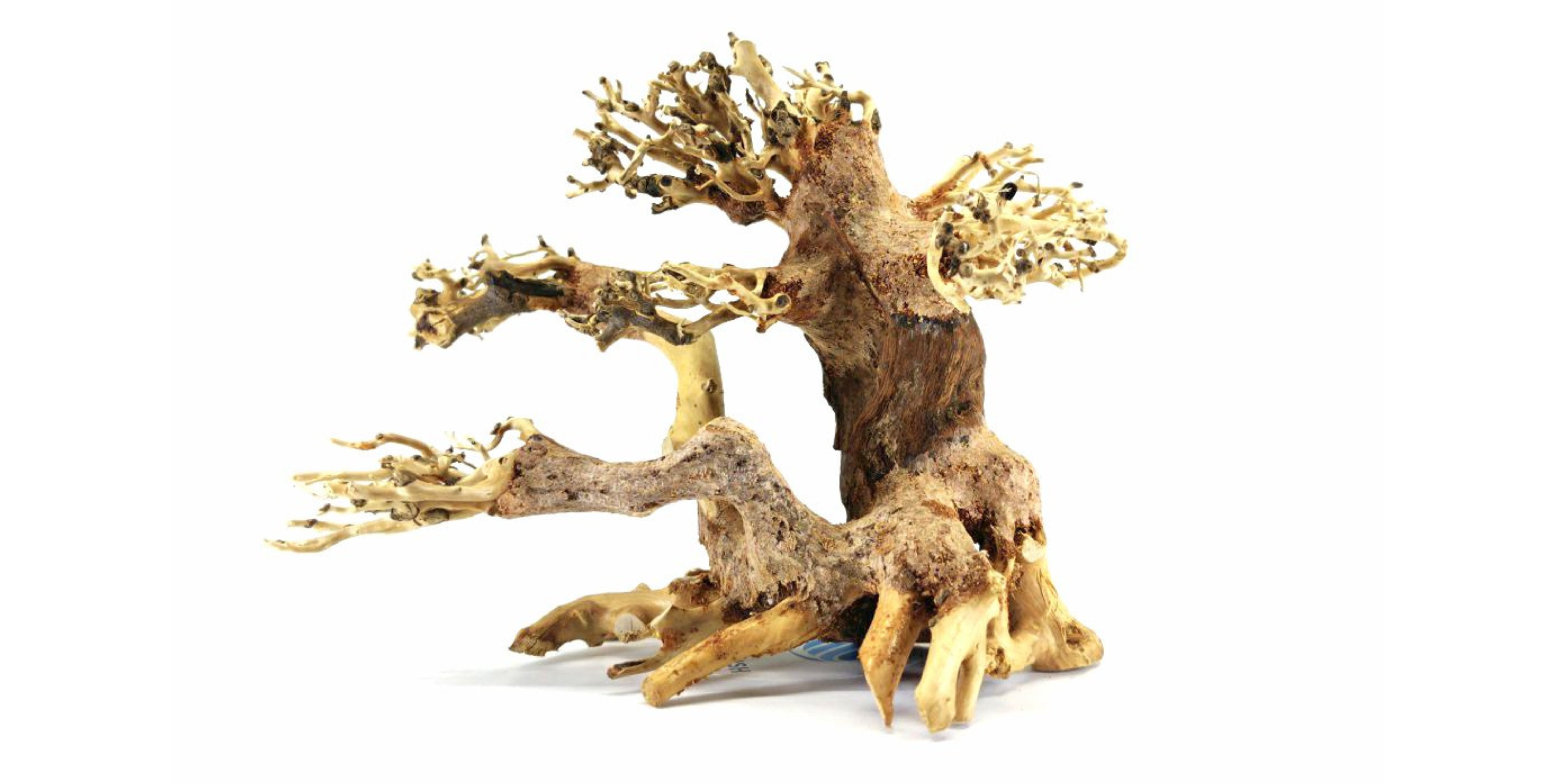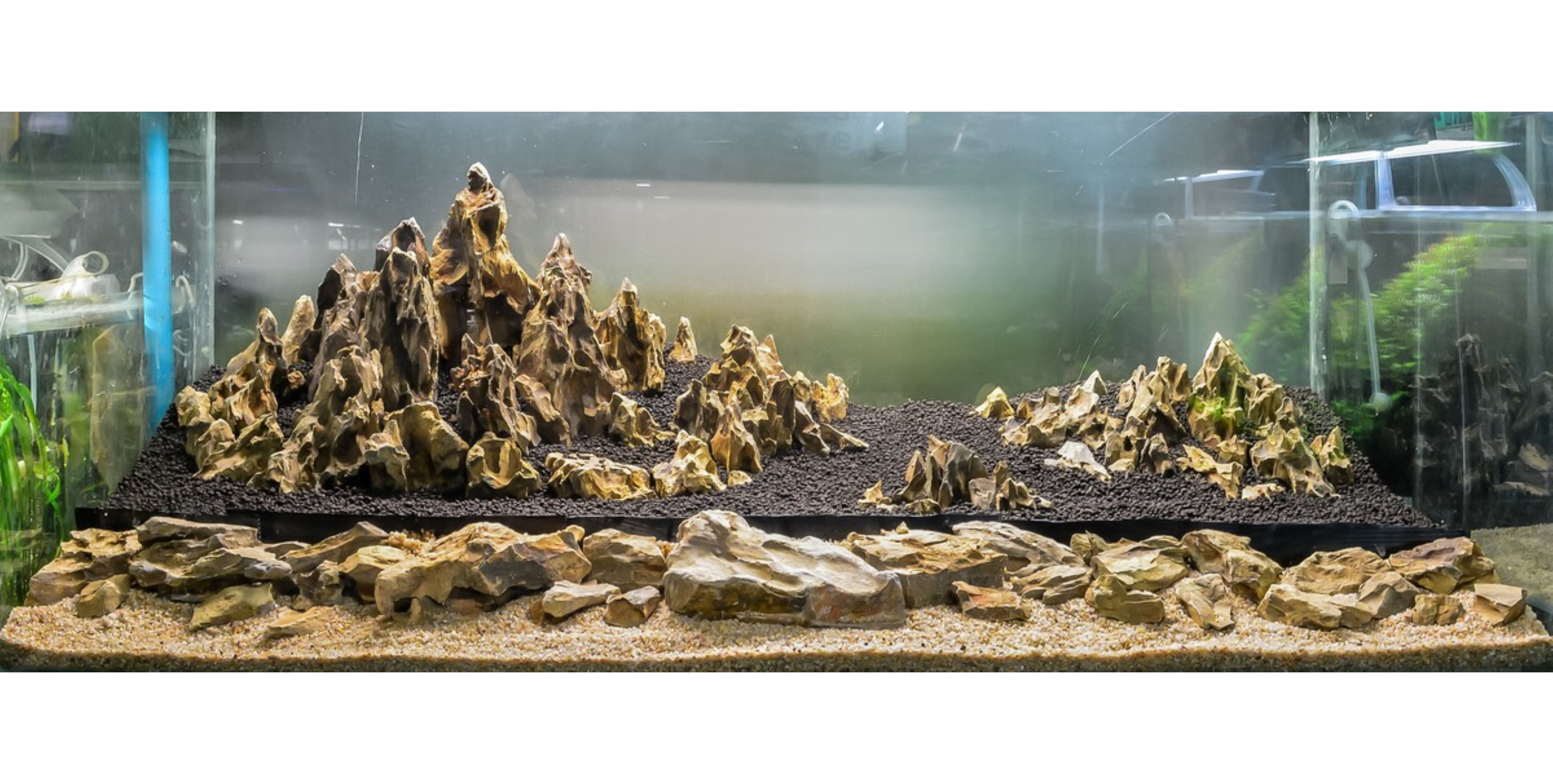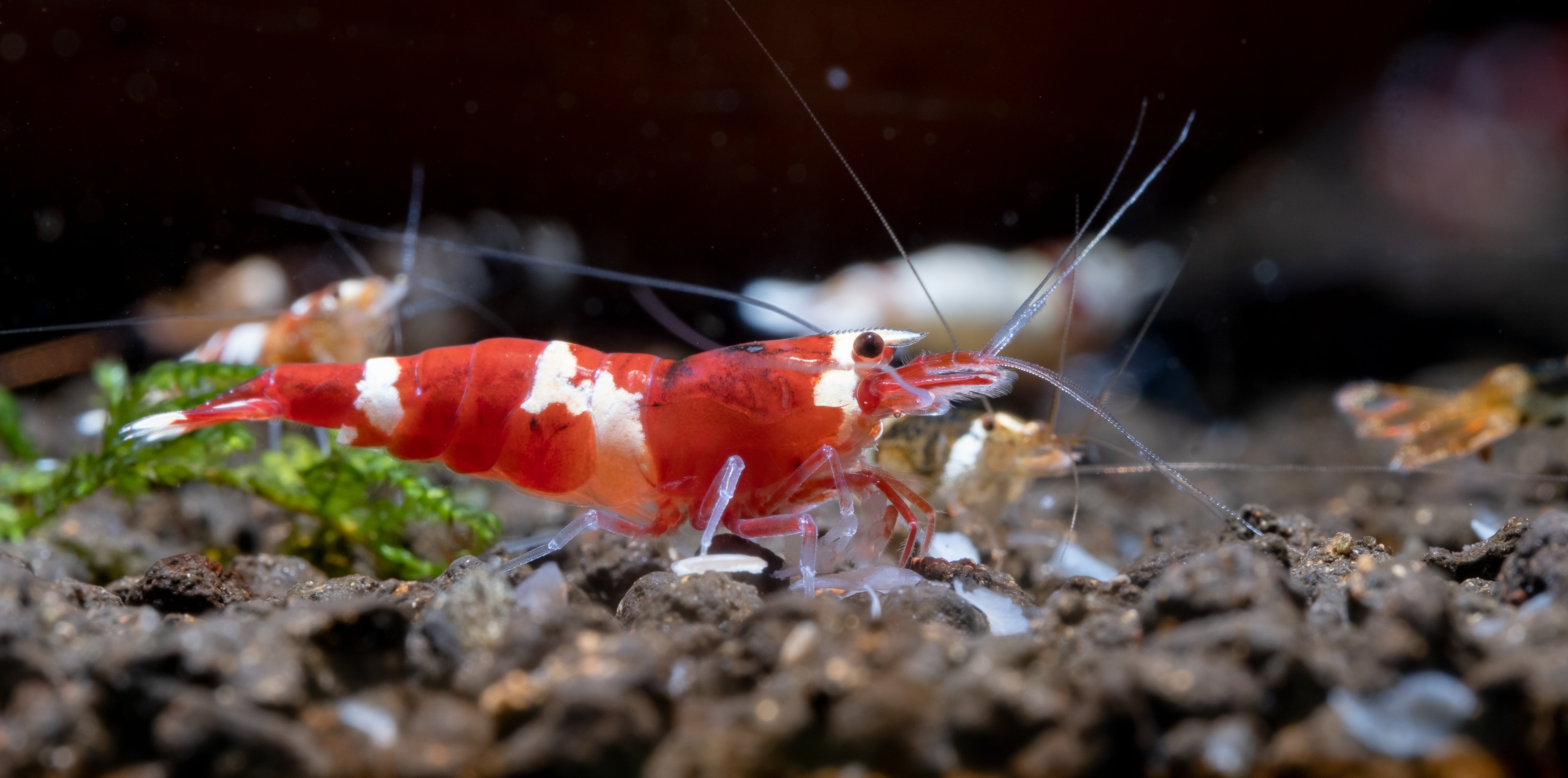Table of Contents
Caridina refers to the genus of freshwater shrimp, which includes many species, among others, Caridina Cantonensis, our main discussion in this article, or the so-called Bee Shrimp. From what has developed recently, it could be said that Bee Shrimp has been playing a key role in the cross-breeding process, thanks to which, many Caridina Shrimp variants have been created with differences lying mainly in colors and their resilience to various ranges of conditions. In this article, our care guide for Caridina Shrimp will primarily focus on Bee shrimp and its variants (like crystal bee shrimp, golden bee, and other red/blue bolt, black king kong shrimp).
What Are Caridina Shrimp?
Caridina Cantonensis (Caridina or Bee shrimp for short) is known for inhabiting largely in Asia (more specifically China and Taiwan). They normally reside in highlands where streams and rivers are fairly soft, acidic and cool. Due to many cross-breeding, it is really hard to trace back the actual appearance of a wild Caridina. However, it is not a big deal because the species is loved for its unique color allocation, not the dull genuine looking. Simply take the Crystal Red Shrimp for instance, you may easily find tons of color variations from the red-only to the partially red body to the red stripe patterns siding with solid white. The outcome of cross-breeding not only lies on its coloration but its resilience as well. Although the article introduces a care guide for your Caridina, it could only discuss in general, as the detailed and exact instructions should be subject to a specific Caridina shrimp. Therefore, we recommend you to further read the other care guide relating to your specific Caridina shrimp to learn more about its other demands.
If you visit a fish store and ask for Caridina Shrimp, you will be introduced to an astonished world of diversified and attractive Caridina species. How one can forget the eye-catching Blue Bolt Caridina Shrimp, which is believed the result of selective cross-breeding among golden bee shrimp, crystal black/red shrimp and snow whites; or the black and white pattern clearly displayed on the body of Panda Caridina Shrimp, an outcome of the cross-breeding between the crystal white shrimp and crystal red shrimp (or so-called red bee shrimp). It has not yet mentioned many other popular species, such as Pure Black Line Caridina, Pure Red Line Caridina, Red Bolt Caridina, Black King Kong, etc.
 Image of Pure Black Line Caridina Shrimp
Image of Pure Black Line Caridina Shrimp
Caridina Shrimp Behavior
Caridina is nocturnal. The characteristic reflects their life in a wild habitat – avoiding predators who are actively present during the day. You will often see them crawling around the aquarium the night, searching for food or simply gathering with their fellow species. They prefer living in large groups, which normally contain 6 to 10 specimens. This way will make them less vulnerable and encourage them to be more active.
How To Set Up A Caridina Shrimp Tank?
Tank Size
Like other freshwater shrimp, Caridina cannot withstand poor water quality. This means, despite its small size, a minimum tank of at least 10 gallons is nearly a must for keeping the species. Such shrimp tanks allow the water parameters to be less fluctuated as well as provide enough space for you to freely resemble their wild habitat (by adding live plants and Aquarium soil). Nonetheless, the larger the better, especially in case you intend to raise other shrimp species together with Caridina.
Filter
A good-quality aquarium filter is the next to consider if you wish to maintain the water in a clean condition. Any drastic changes in water parameters could be considered harmful to your Caridina, which makes the installation of a filter very critical. A good rule of thumb when choosing the proper filter for shrimp tanks is that you should choose sponge or mat filters instead of the regular ones. They work in all aspects, and more importantly, they won’t suck your tiny little shrimp into them.
Visit here for more detailed information on Creating An Ideal Tank for Caridina Shrimp

Caridina Shrimp Water Parameters
Once you get the base, you come to the decisive factor: the water parameters for keeping Caridina healthy. Many experienced aquarists agree that most Caridina shrimp enjoy the soft, slightly acidic water in cooler ranges of temperature. They are found mainly in mountainous rivers; thus, it is not strange to find that they are comfortable with such conditions. The recommended and ideal temperature should not exceed 74°F. Higher than that, your shrimp may not respond well and be prone to health problems. In addition, the cooler ranges generate more oxygen, which is vital for your shrimp to stay happily. Here is the ideal levels for your Caridina shrimp tank:
- Ammonia and Nitrite: 0 ppm
- Nitrate: below 10 ppm
- TDS: 80 - 150 ppm
- GH: 3-6 dGH
- KH: 0-1 dKH
- pH: 6.0 – 6.8
- Temperature: below 74°F (~ 23°C)
- Water change: 10% to 25% a week.
Copper is deadly to freshwater shrimp, and Caridina is no exception. Never let the substance find its way into your shrimp tank, or else the outcome is hard to imagine. Considering their resilience, one should not put them in a newly cycled tank since the parameters therein have not yet stabilized and may adversely affect your shrimp.
What Do Caridina Shrimp Eat?
Caridina shrimp is not a picky eater. They are known as a filter feeder and will accept most of the food types you provide them. The things you should be careful of are that you only feed them high-quality fish food and let them consume completely within 2-3 minutes. You can refer to our recommendation below when making a decision.
- Sinking shrimp pellets food;
- Crushed flake foods;
- Small frozen foods such as daphnia, mini bloodworm, and baby brine shrimp etc.
- Vegetables such as spinach or courgette, or even kale
In addition to the above, you could consider feeding them Indian almond leaves since they help form biofilm for your shrimp. Further, as the leaves rot, they allow the pH levels to stay low.
Caridina Shrimp Tank Mates
Caridina shrimp are peaceful, non-aggressive, and non-territorial. Such temperament makes them the first-rate choice in terms of tank mates. Despite that, their dwarf size (only an inch) and shyness are the drawbacks since they are easily startled by big-sized fish or threatened by predators. Hence, you would be very careful of the species you pair them with. Generally, most fishkeepers will go with the same species. You can let Caridina live with other kinds of dwarf shrimp that share a similar temperament and endure similar living conditions. With this option, you could take less effort to maintain and care for their lives.
However, if you want to diversify your aquarium, you could consider snails or peaceful fish that dwell mainly in the middle or top of the tank. For the freshwater snails, Ramshorn snails, Nerite snails, and Malaysian trumpet snails are highly recommended. For freshwater fish, you could choose Pygmy corydoras catfish, Blue-eyed rainbowfish, Ember tetras, Emerald dwarf rasboras, or the like.
Visit here to explore more suitable Tank Mates for Caridina Shrimp.
Does Caridina Need Live Plants or Decorations?
The answer is yes. Live aquarium plants are highly welcomed since they best imitate the natural environments. They further assist the beneficial bacteria in the cycling process, which keep the ammonia, nitrite, and nitrate under control, while providing hiding places and more areas for the shrimp to hang out. Of all the suitable plants, the Moss species is highly recommended due to its structure and low maintenance. You can consider Java moss or Christmas moss, the two excellent plants, whenever it comes to shrimp tanks.
It would be a big mistake if you skipped other decorative materials, such as rock caves or bonsai driftwood. Like live aquarium plants, aquarium decor enhances the aquascape of your tank as well as creates more shelters to secure Caridina, especially when they undergo a molting period.
Caridina Freshwater Shrimp Molting
This is when you randomly find exoskeletons floating in your tank. The shrimp’s body is covered with a thin crystal shell. When they grow old, the shell does not fit them anymore, which requires them to undergo the molting process. Generally, the adult Caridina will molt every 4-6 weeks. During this period, they are extremely vulnerable and spend most of the time hiding in plants or caves until their new shell grows back.
Click here to explore more about the Molting Process of Freshwater Shrimp.
Conclusion
Fairly speaking, keeping Caridina is not recommended for beginners. They are not actually high-demanding, yet require you to have a basic knowledge of shrimp. Nonetheless, once you succeed, you will find it worth everything, and your reward will be the shrimp’s lifespan of up to 2 years.
At Splashy Fish Store, we supply a wide range of Caridina shrimp for sale that come from reliable sources. We further guarantee that all of our Caridina Shrimp and other freshwater shrimp for sale will go through the quarantine process for a period of 14 days before sale. We care about the quality and strive to provide you with the best we can. Visit our website to shop them online or at our aquarium store in Virginia for more freshwater fish for sale, invertebrates for sale, aquarium plants for sale, and aquarium supplies.
Caridina Shrimp Care Frequently Asked Questions (FAQs)
What is the biggest Caridina shrimp size?
Most Caridina shrimp species grow to about 1–1.5 inches (2.5–4 cm) in length, though some larger varieties, like the Amano shrimp (Caridina multidentata), can reach up to 2 inches (5 cm). Their compact size makes them ideal for nano tanks and planted aquariums, but providing stable water parameters and plenty of biofilm ensures they reach their maximum size potential.
How long do Caridina shrimp live in a home aquarium?
Caridina shrimp typically live 1.5 to 2 years in a well-maintained home aquarium. With optimal care, stable water parameters, soft acidic water (pH 6.0–6.8), cooler temperatures (68–74°F), and a varied diet of biofilm, algae, and quality shrimp food, some individuals can live closer to 3 years. Stress, fluctuating water quality, and poor diet are the most common factors that shorten their lifespan.
How many Caridina shrimp should I keep together?
Caridina shrimp are social invertebrates and thrive best in groups of 10 or more. Starting with a colony of at least 10–15 shrimp encourages natural behavior, reduces stress, and improves breeding success. A larger group also makes it easier for them to establish a stable micro-ecosystem within the tank, especially in planted aquariums, where they help clean algae and detritus.


